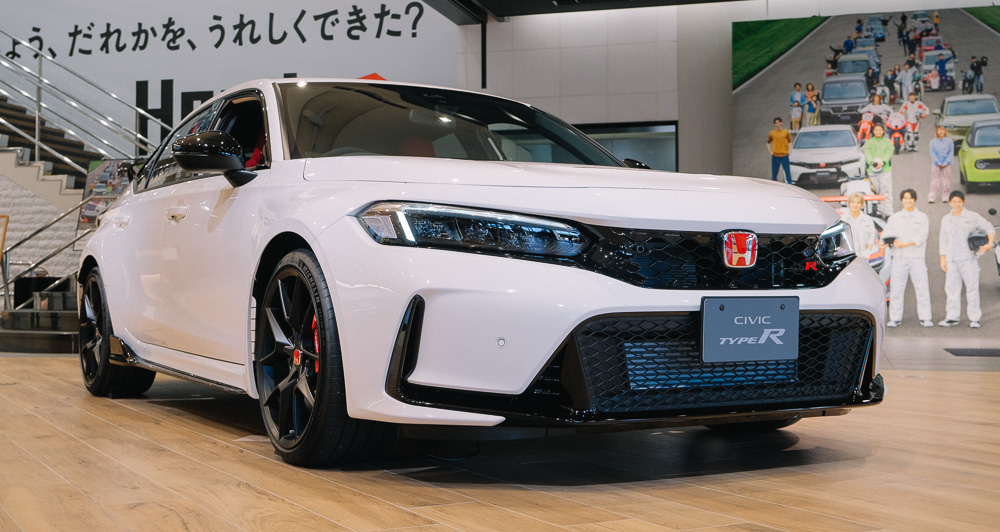
Whenever a new Honda Civic Type R gets released, it’s usually greeted with a whole lot of hype and fanfare, alongside very high expectations for its performance. After all, it is the brand’s halo car now that the NSX got the ax last year.
While the Philippines has yet to receive the all-new FL5, other countries such as the United States and Japan are some of the first to receive it. I recently ventured to the Honda HQ in Minami-Aoyama in Tokyo in search of the championship-winning RB18.
Instead of being greeted by the car and cardboard cutouts of Max Verstappen and Sergio Perez, we were pleasantly surprised to find the latest Civic Type R on display, open to the public to interact with and take photos of.
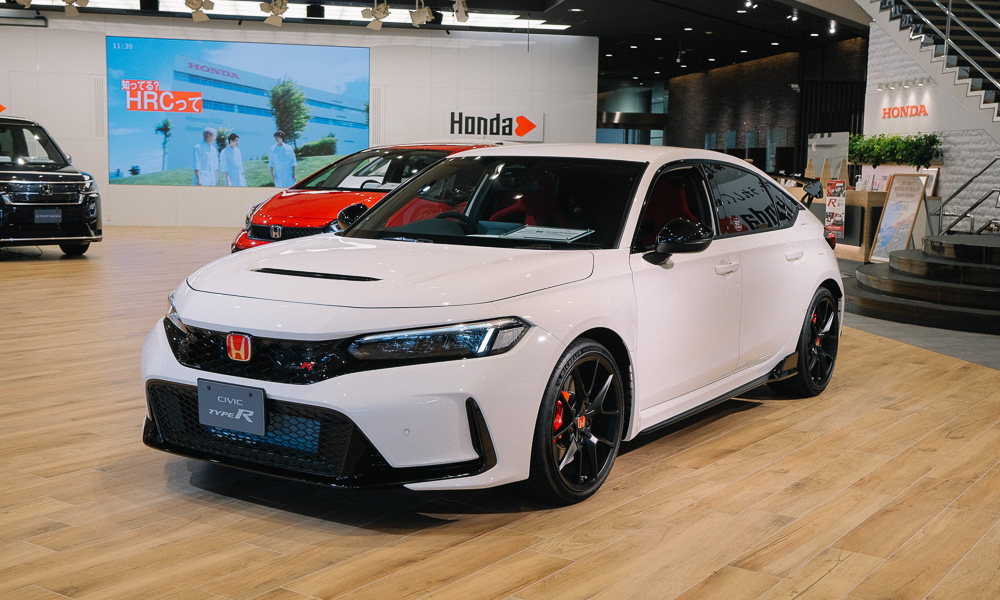
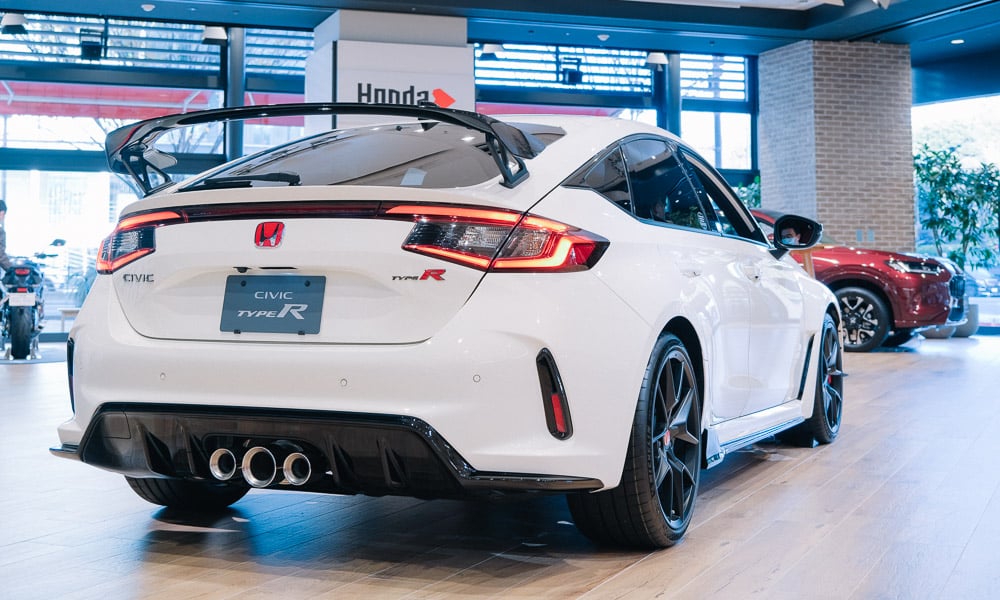
Just like the 11th-generation Civic, the FL5 loses its edgy, Gundam-inspired angles for a more mature appearance. So much so that my friend even told me that “it looks like an Accord,” and he’s right.
To be honest, I appreciate that the new car makes an effort to return to its sleeper origins with toned-down bodywork. Of course, it has red Honda and Type R badges, smaller 19-inch wheels shod by Michelin Pilot Sport 4S rubber (265/30) hiding massive Brembo brakes that measure 350mm for the front and 305mm for the rear, and the trademark center triple exhaust.
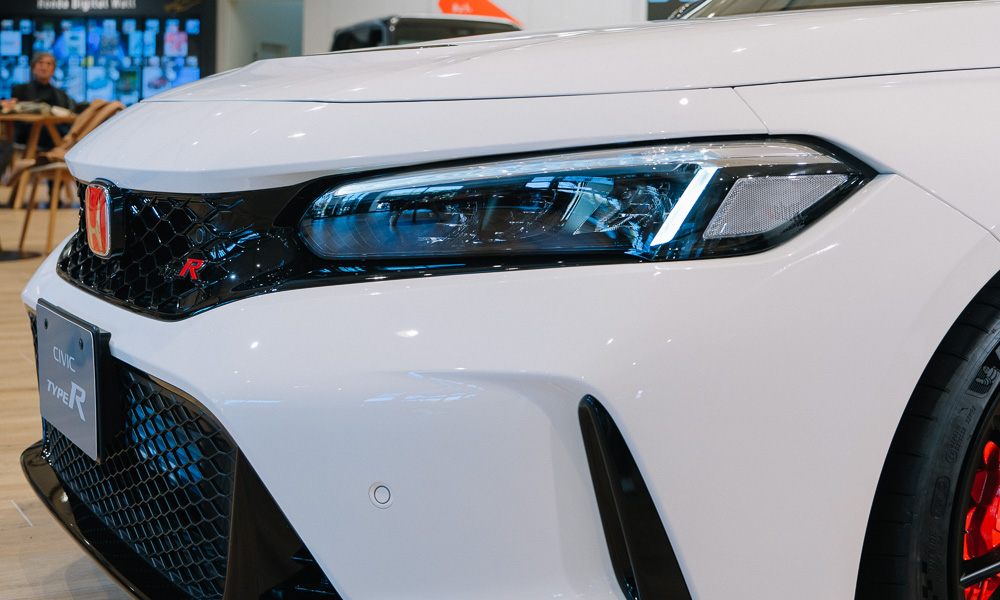
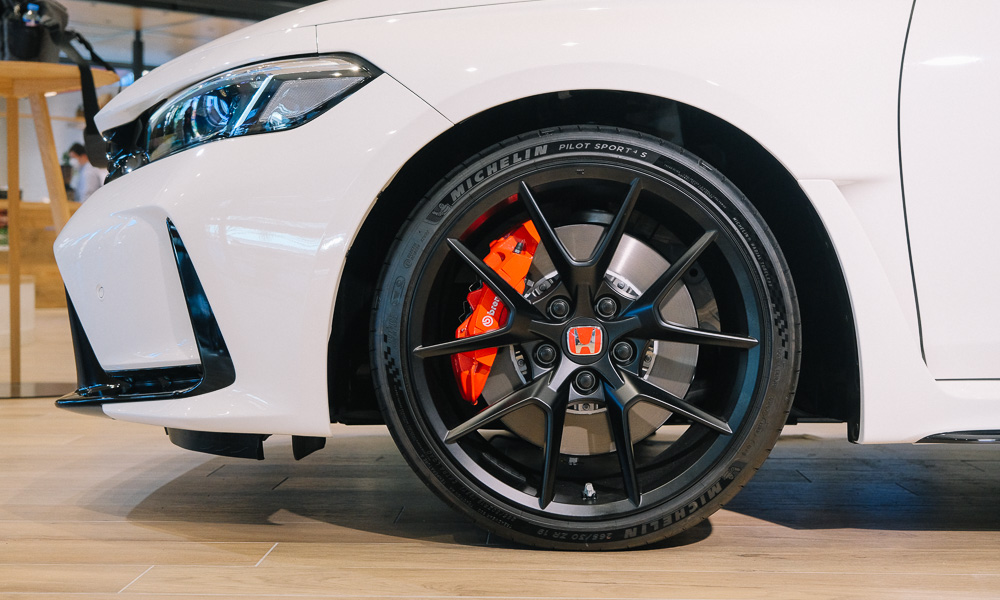
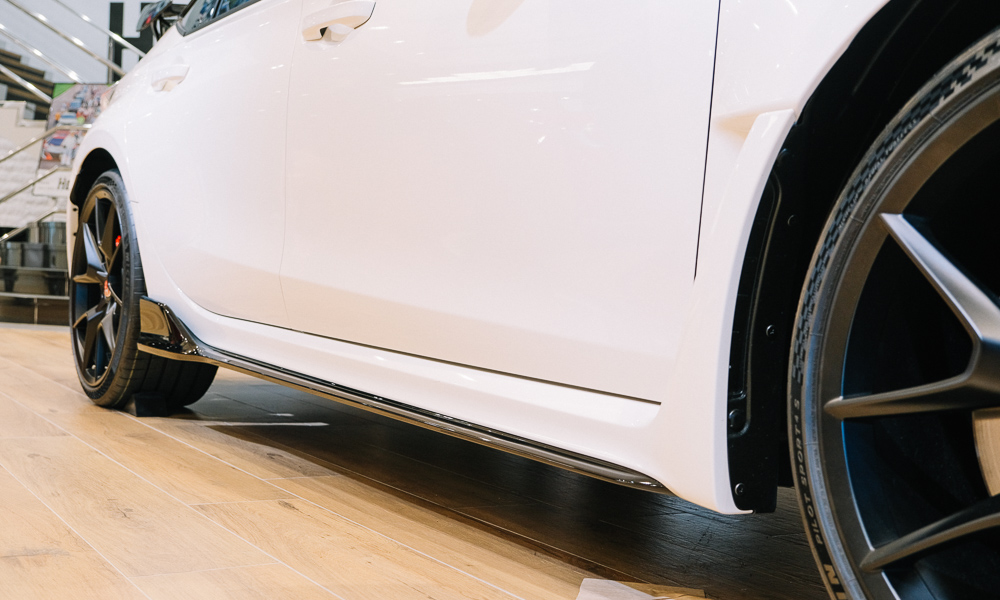
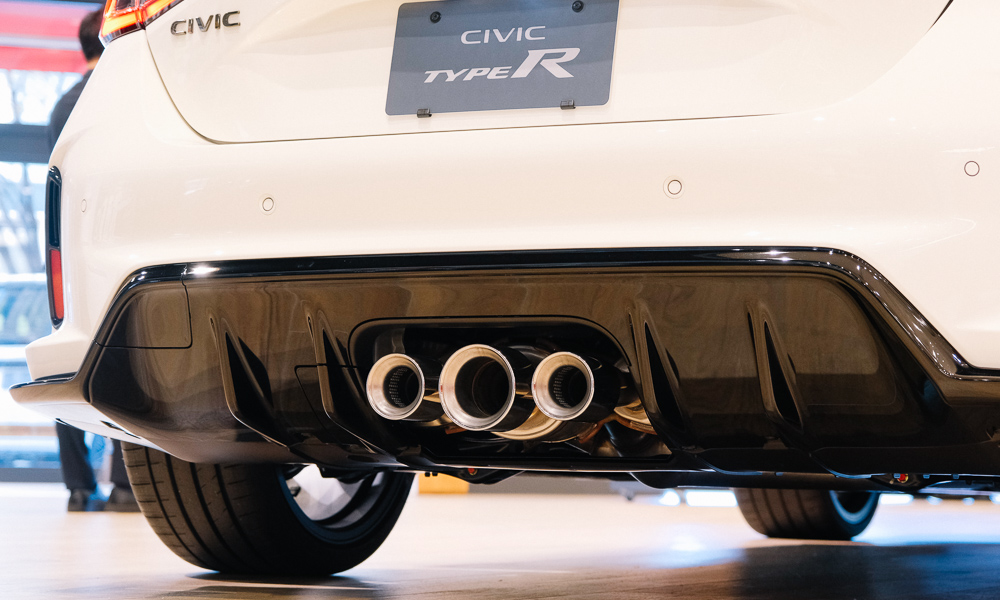
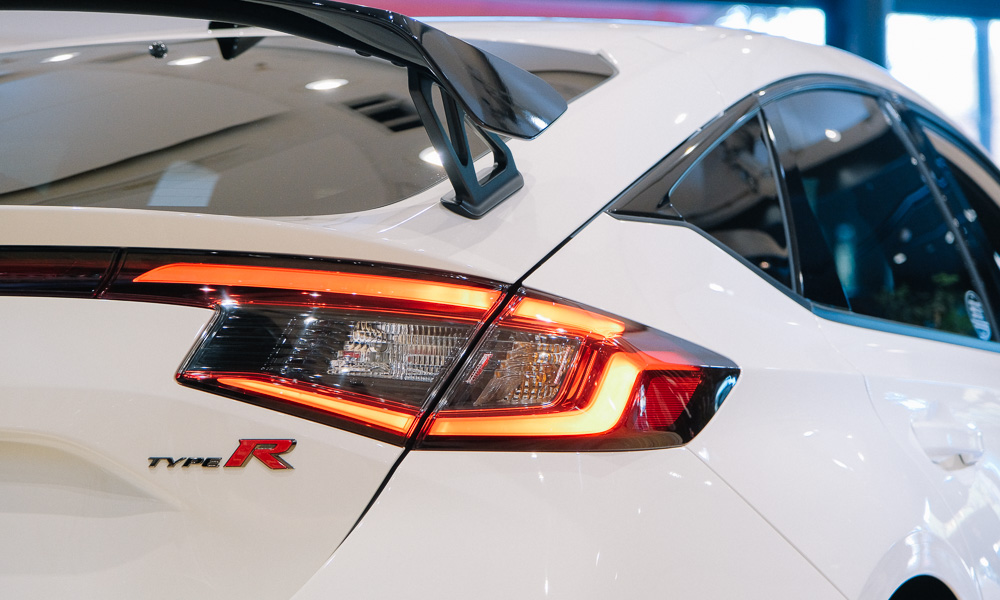
The flared-out dimensions—4,595mm long, 1,890mm wide, and 1,405mm tall, with a lower ride height (125mm)—and the huge wing glued onto the back (which kind of looks aftermarket) will make you know you’re staring at a special Civic.
And the best part? All of the vents are functional and actually improve cooling compared to the outgoing FK8, including the hood vent, which is for the enlarged radiator. Kudos to the designers.
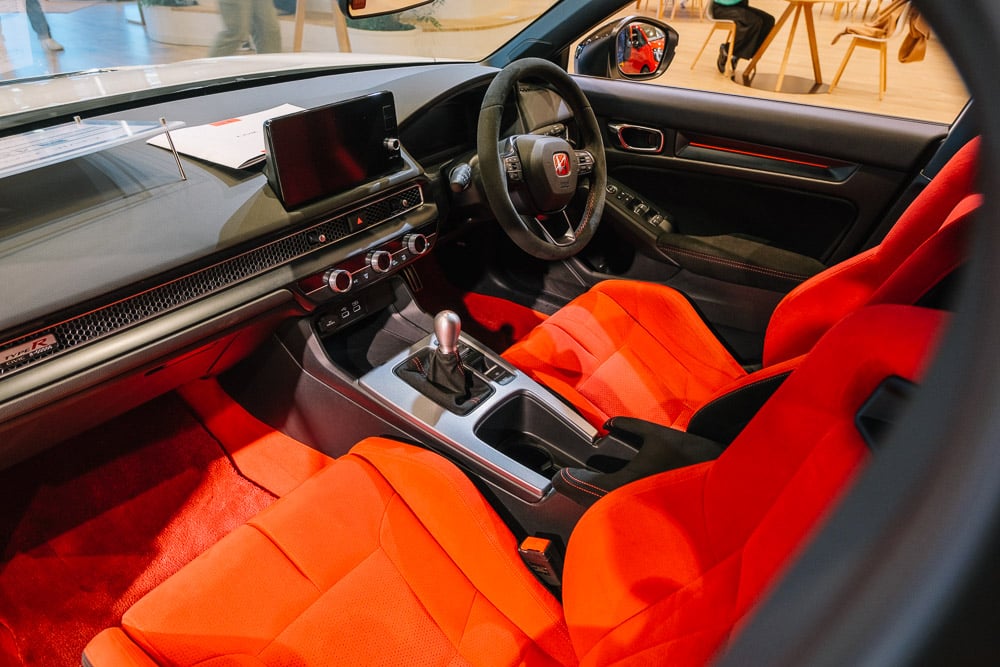
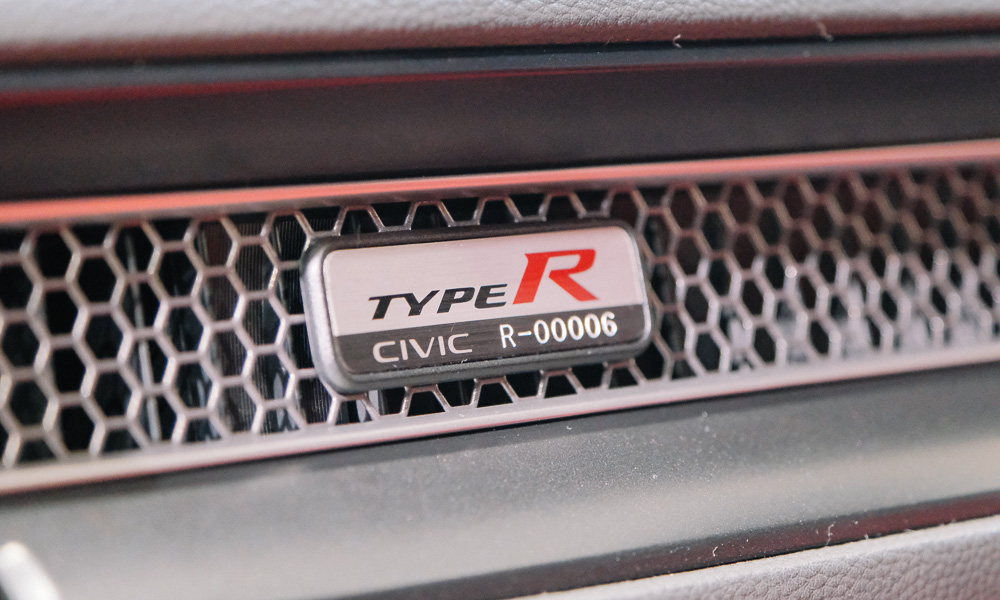
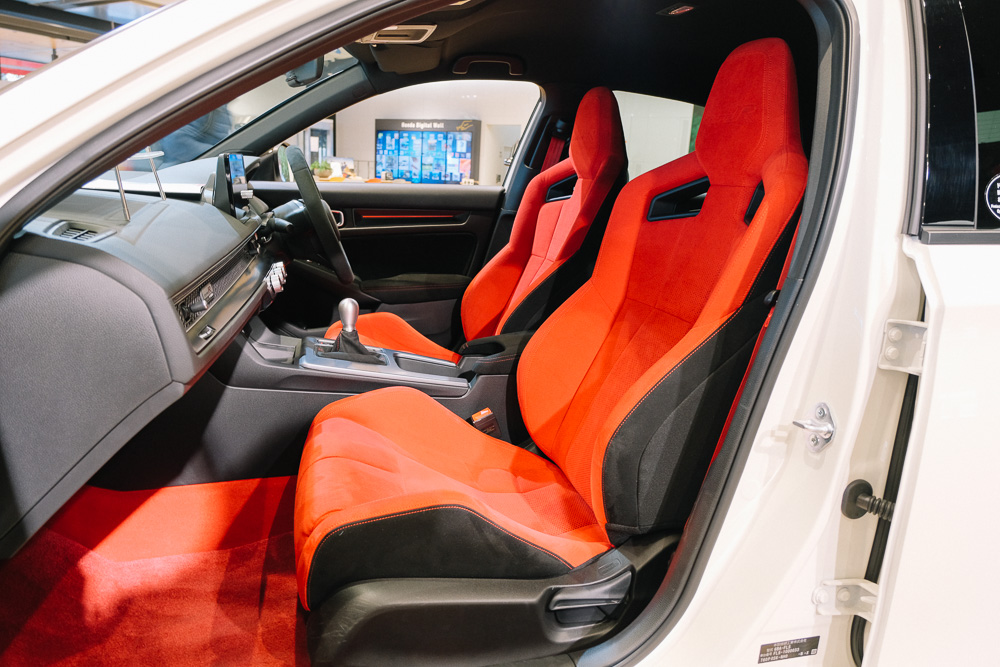
Step inside and you will probably be surprised by how much red there is in the cabin. You can see the go-fast color extend to the entire footwell, carpets, and bucket seats that will firmly hug you in place.
Other than that, it’s identical to the 11th-generation Civic, down to the love-it-or-hate-it honeycomb grille (no more faux carbon fiber, thankfully), the clicky switchgear, the nine-inch touchscreen, the Bose sound system, the wireless charging pad, and the Honda Sensing safety suite.
The Type R-exclusive goodies include the Alcantara-wrapped steering wheel and front seats, the teardrop-shaped aluminum shift knob that feels amazing to use, the +R exclusive customizations to the digital gauge cluster, the built-in Honda LogR telemetry app, and the Type R plaque that is now found within the honeycomb grille rather than the center console.
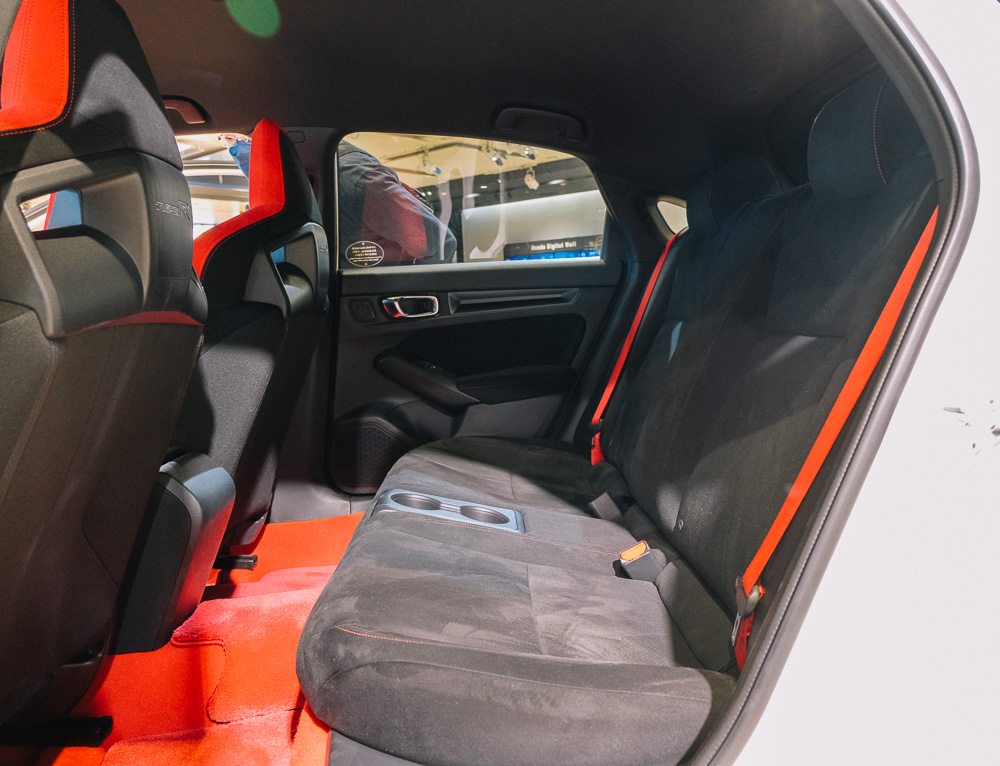
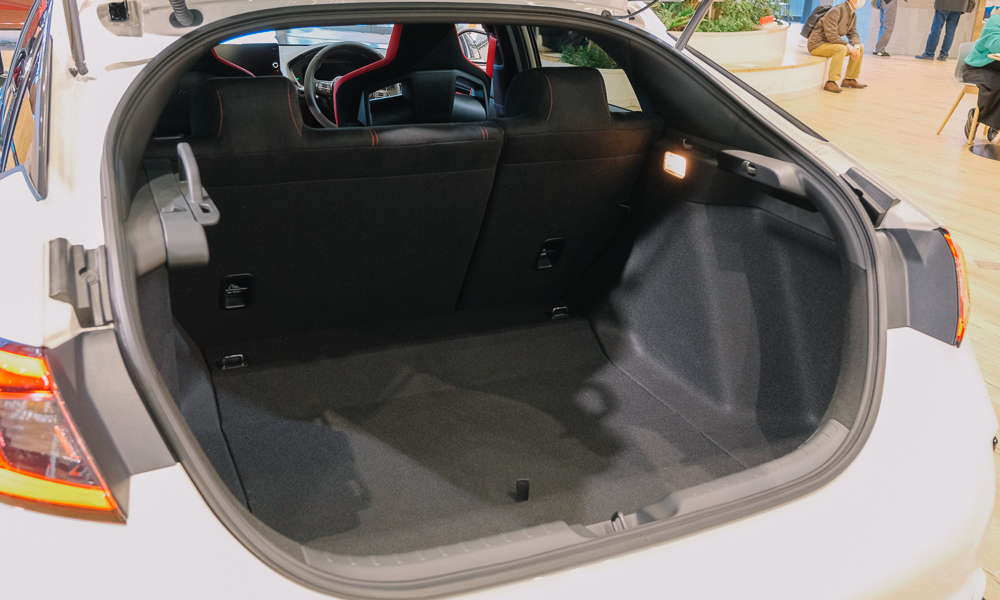
Of course, this being a Civic hatchback, rear-seat passengers are treated to generous headroom and legroom for a performance car.
With the integration of the cupholders in the middle seat, the lack of a center headrest and seatbelt means that Honda wants you to strictly treat this as a four-seater. It’s way more practical than something like a Subaru WRX, especially with the rear seats that can fold down in a 60:40 split.
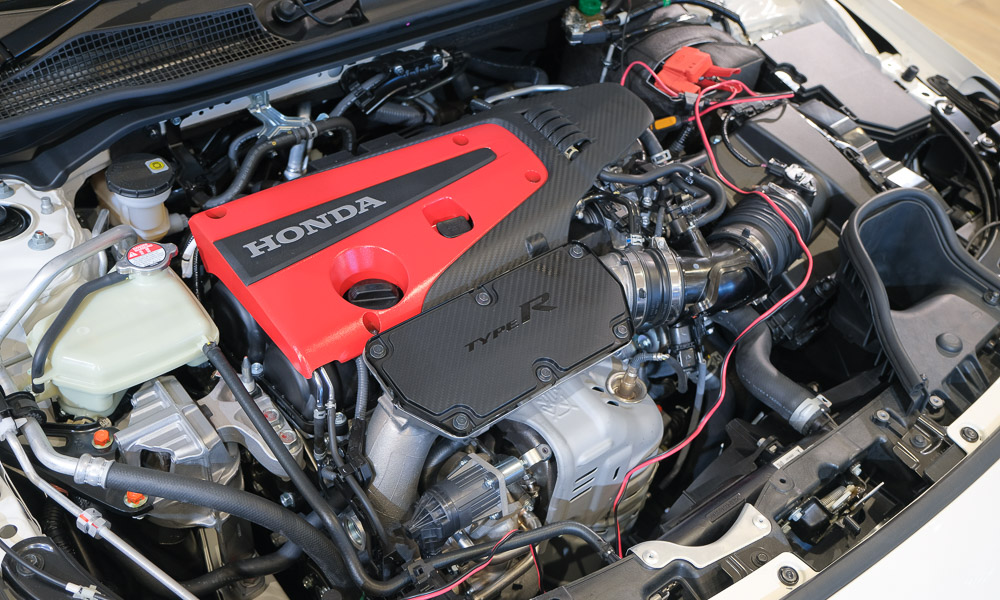
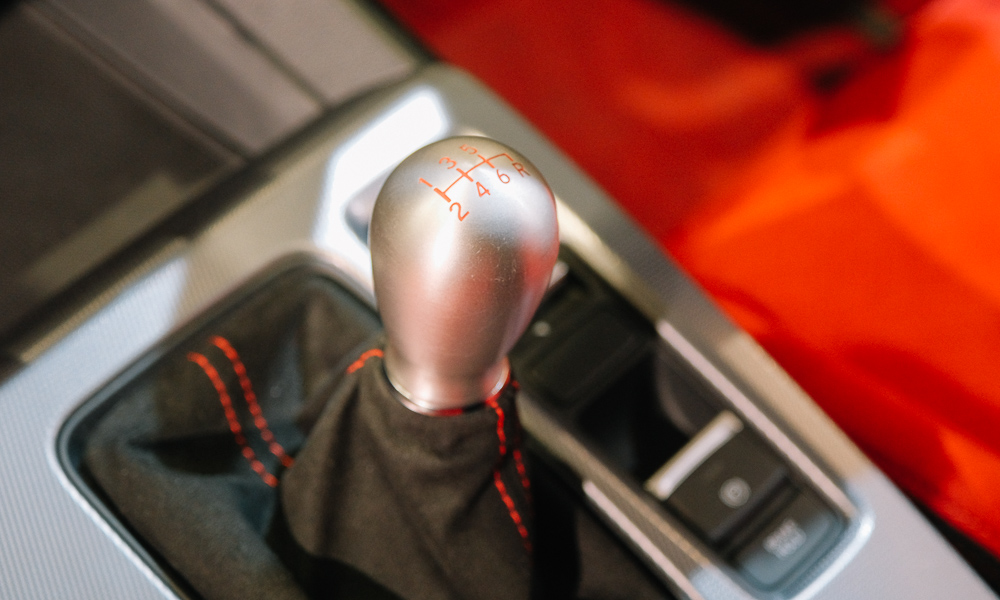
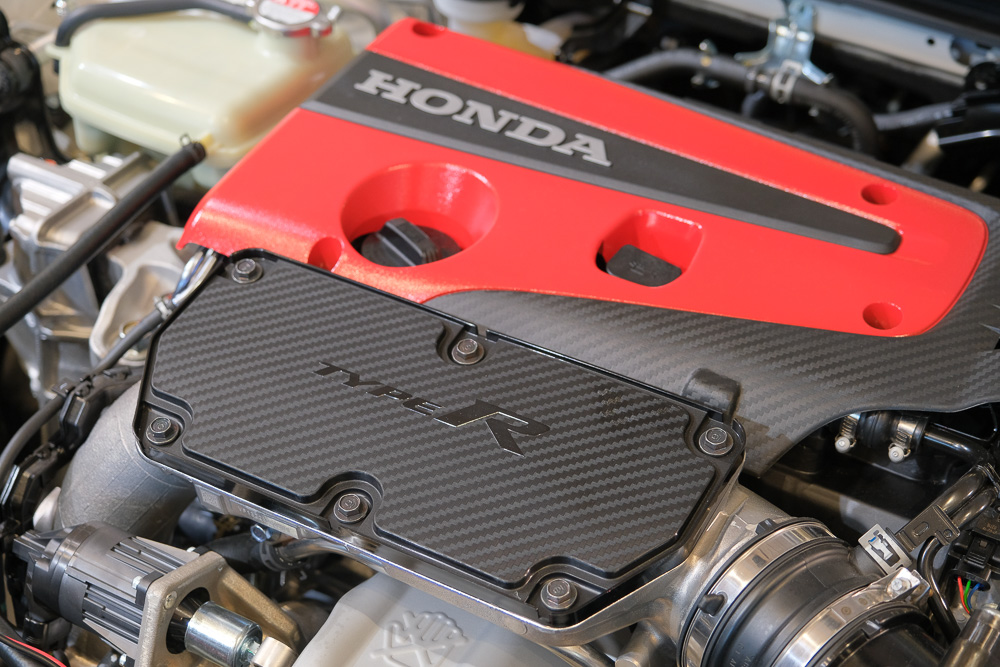
You must be interested in what’s improved under the hood, right? Well, it’s powered by the same turbocharged 2.0-liter four-cylinder as the FK8—the K20C—but tweaks like a redesigned turbo, an increased air intake rate, improved cooling, and a more efficient exhaust system bump the power and the torque up to 325hp (at 6,500rpm) and 420Nm (at 2,600rpm to 4,000rpm).
It also receives a lighter flywheel and a revised rev-match system for the six-speed manual transmission, a helical limited-slip differential, improved body rigidity, and a dual-axis strut front suspension (the rear uses a multilink setup) that helps mitigate torque steer from all the power being sent to the front wheels—all in a chassis that weighs 1,430kg.
While Honda Cars Philippines has no confirmation as to when it will bring the latest Civic Type R over to our shores, it’s simply a no-brainer as our country has officially received the FK8. Excited? We know we are.

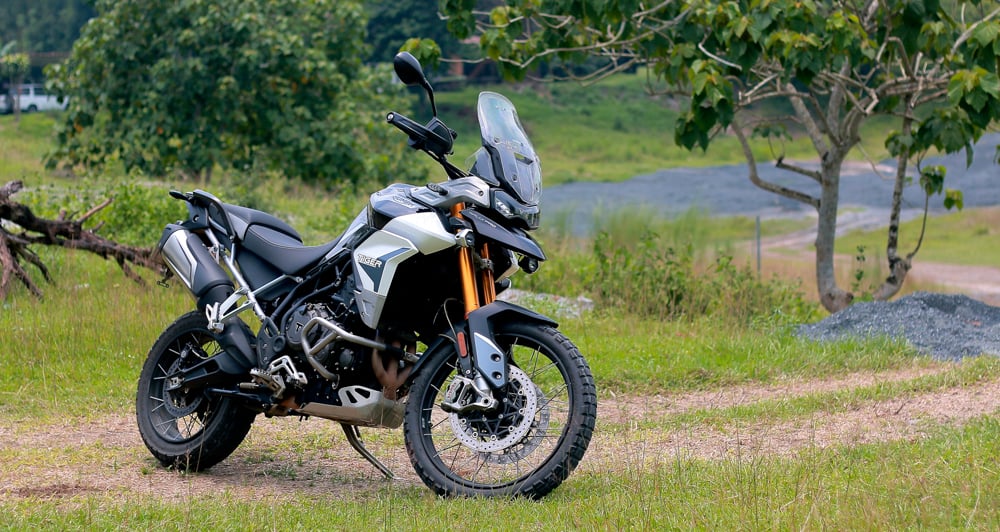

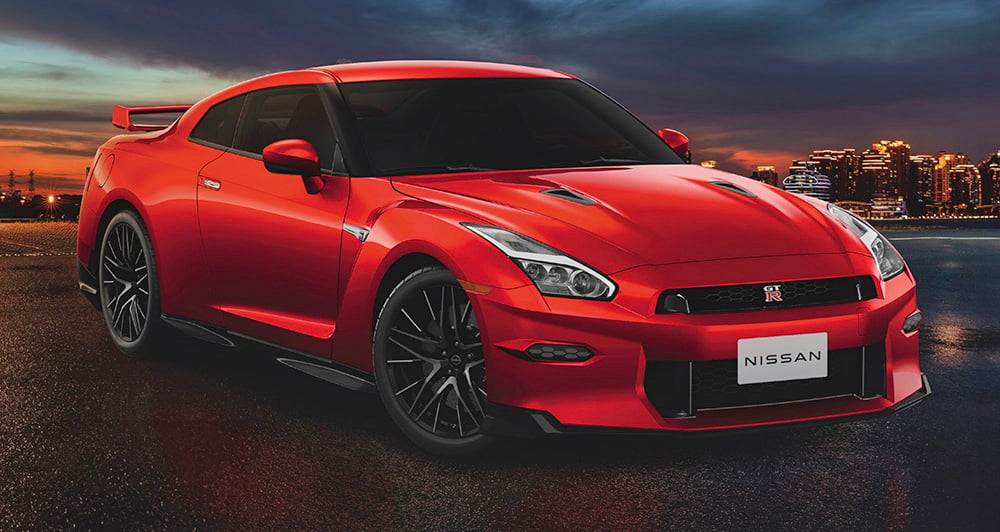

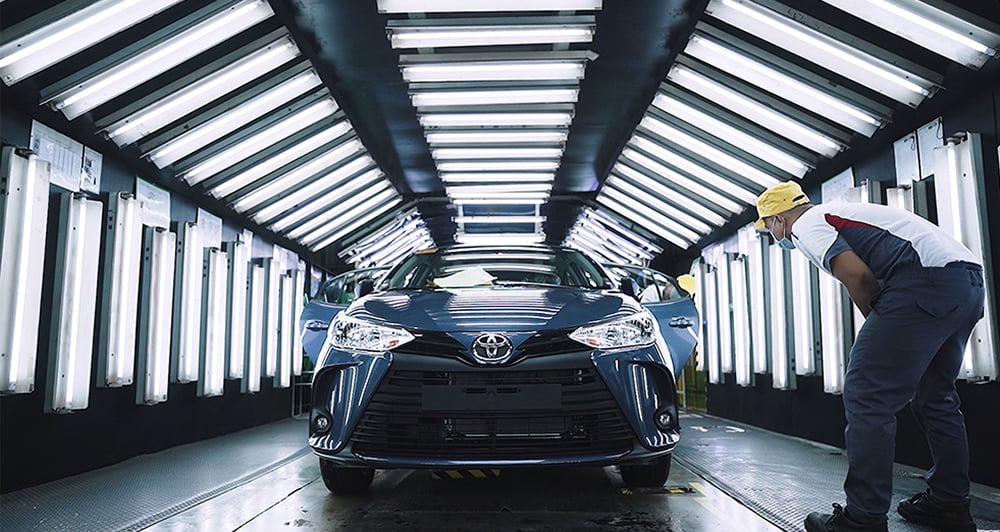

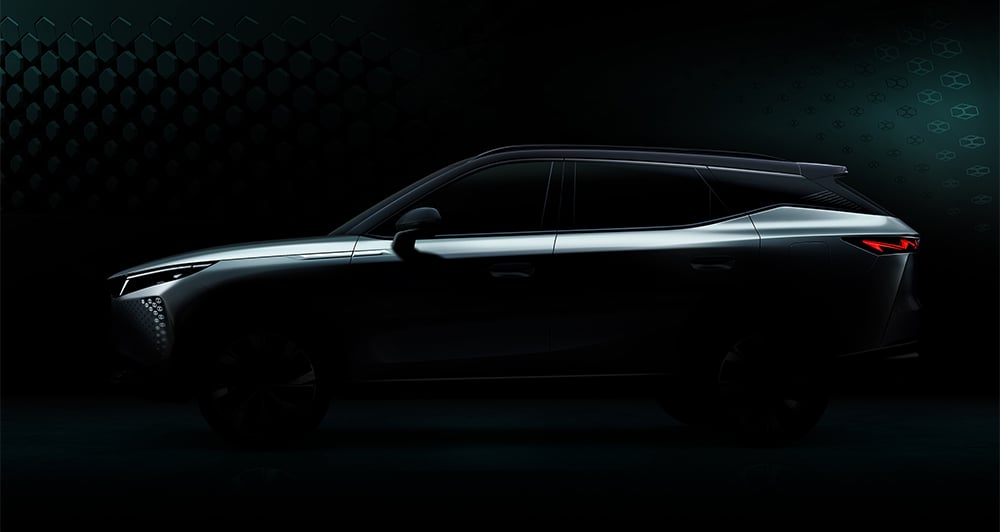
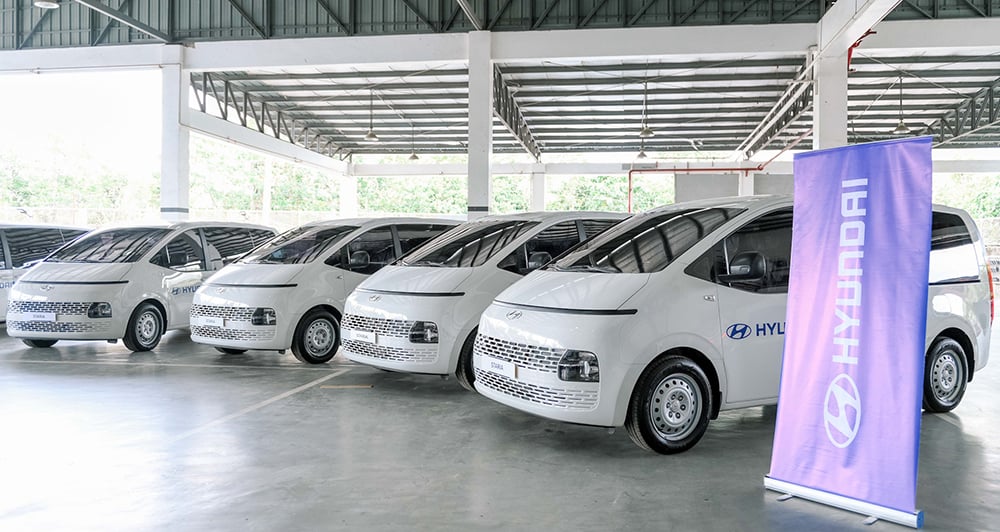


Comments